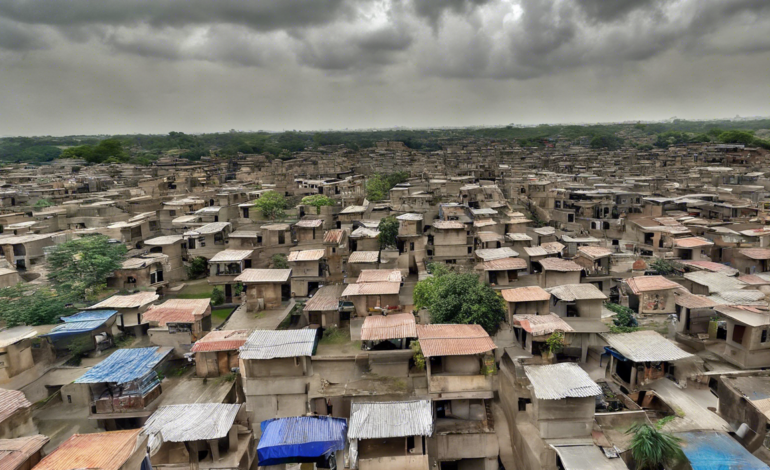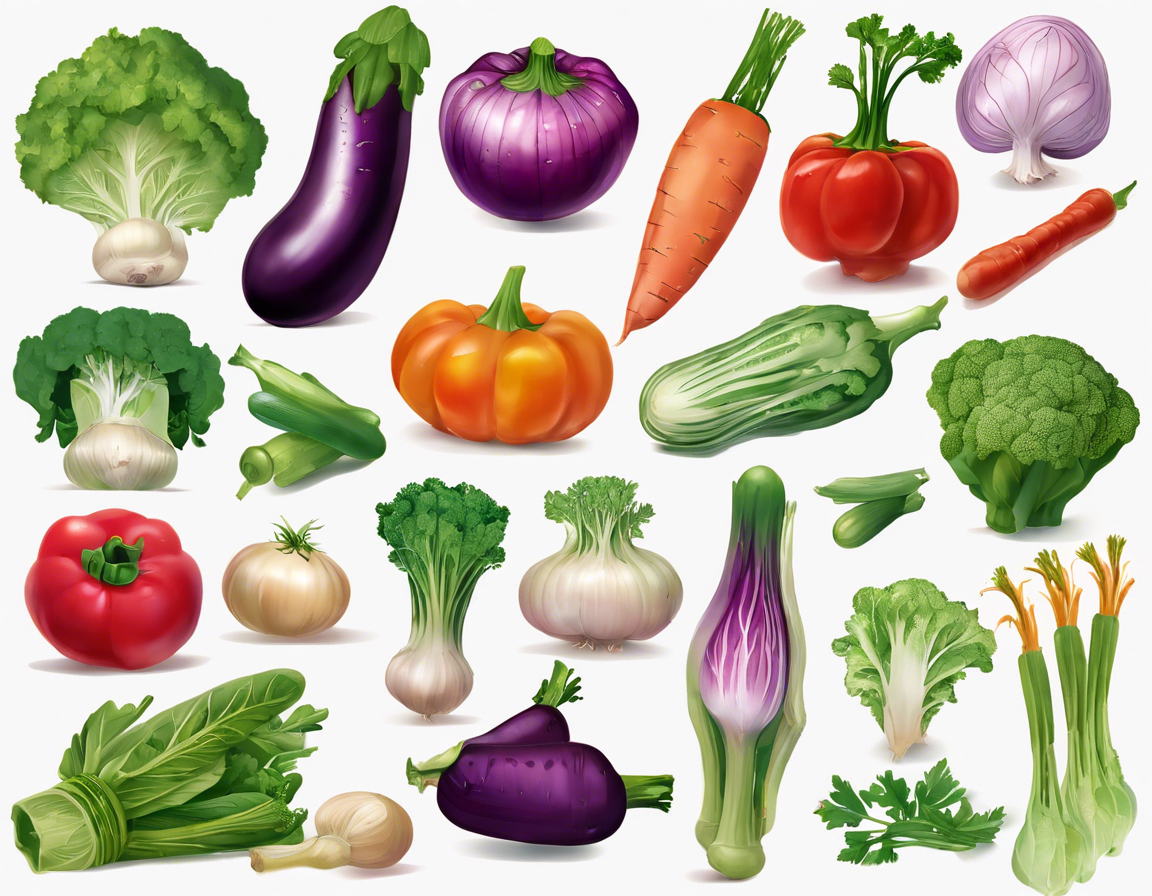
Rongali Bihu 2024: Best Wishes in Assamese!
Rongali Bihu, also known as Bohag Bihu, is a significant festival celebrated in the Indian state of Assam to mark the beginning of the Assamese New Year. This vibrant and colorful festival usually falls in mid-April and is celebrated with great enthusiasm by the Assamese people. The festival signifies the onset of the agricultural season, welcoming the Assamese New Year with new hopes, dreams, and aspirations.
The festival of Rongali Bihu is divided into seven phases known as ‘Haat Bihu,’ ‘Xaat Bihu,’ ‘Goru Bihu,’ ‘Manuh Bihu,’ ‘Kutum Bihu,’ ‘Mela Bihu,’ and ‘Chera Bihu,’ each with its rituals and significance. The celebrations last for several days and involve various cultural activities, traditional music and dance performances, delicious food, and exchanging heartfelt Bihu greetings and wishes among friends and family members.
Importance of Rongali Bihu
Rongali Bihu holds immense cultural and social significance for the people of Assam. It is a time when communities come together to celebrate the harvest season and pray for a bountiful year ahead. The festival is not just about cultural performances and feasting but also about fostering unity, harmony, and a sense of togetherness among the people.
Key Rituals and Traditions
-
Goru Bihu: On this day, cows are bathed, worshipped, and adorned with garlands. They are fed a mixture of sweetened rice and molasses as a mark of respect and gratitude for their role in agriculture.
-
Manuh Bihu: This day marks the beginning of the Assamese New Year, and people wear new clothes, visit relatives and friends, seek blessings from elders, and exchange gifts.
-
Assamese Traditional Attire: During Rongali Bihu, men usually wear a traditional outfit called Gamosa and Dhoti, while women dress in Muga or Mekhela Chador, all reflecting the rich cultural heritage of Assam.
-
Bihu Dance: The Bihu dance is an integral part of the celebrations, where men and women perform energetic and rhythmic dance moves to the beats of traditional Bihu songs. It symbolizes joy, vitality, and merriment associated with the festival.
Delicious Bihu Delicacies
No Assamese festival is complete without indulging in the mouth-watering traditional delicacies prepared during Rongali Bihu. Some of the must-have Bihu treats include:
- Pitha: Assamese rice cakes with various fillings like sesame, coconut, jaggery, or black gram.
- Laru: Sweet balls made from coconut and jaggery, rolled in sesame seeds.
- Jolpan: A platter of snacks made from flattened rice, sesame seeds, peanuts, and jaggery.
- Tenga: Assamese sour fish curry that adds a tangy flavor to the festive feast.
Dhol Bihu and Hukkas
Dhol Bihu and Hukkas are essential elements of Rongali Bihu celebrations. The Dhol is a traditional Assamese drum that sets the rhythm for the Bihu dance performances, while the Hukka is a bamboo water container used for quenching thirst during outdoor activities and festivities.
Bihu Greetings in Assamese
During Rongali Bihu, people exchange heartfelt greetings and wishes in Assamese to convey their joy and blessings for the New Year. Some common Bihu greetings include:
- ব’হাগ বিহুৰ শুভেচ্ছা! (Bohag Bihur Shubhechha) – Happy Bihu!
- নববৰ্ষৰ শুভেচ্ছা! (Noboborshor Shubhechha) – Happy New Year!
- বিহুৰ আন্তৰিক শুভেচ্ছা! (Bihur Antorik Shubhechha) – Heartfelt Bihu Wishes!
Frequently Asked Questions (FAQs) About Rongali Bihu:
Q1: What is the significance of Rongali Bihu in Assamese culture?
A1: Rongali Bihu holds immense cultural and social significance as it marks the Assamese New Year and the beginning of the agricultural season. It symbolizes unity, renewal, and hope for a prosperous year ahead.
Q2: How long does Rongali Bihu celebrations last?
A2: The Rongali Bihu celebrations typically span over several days, with each day dedicated to different rituals and festivities.
Q3: What are some traditional Bihu delicacies that one must try during the festival?
A3: Some must-try Bihu delicacies include Pitha, Laru, Jolpan, Tenga, and various other sweet and savory treats.
Q4: What is the traditional attire worn during Rongali Bihu celebrations?
A4: Men usually wear Gamosa and Dhoti, while women dress in Muga or Mekhela Chador, showcasing the rich cultural heritage of Assam.
Q5: What is the significance of the Bihu dance during Rongali Bihu?
A5: The Bihu dance is a vibrant and energetic traditional dance form that symbolizes joy, vitality, and merriment associated with the festival.
Rongali Bihu is not just a festival; it is a celebration of life, nature, and traditions that bind the Assamese community together in a tapestry of joy and festivity. With its rich cultural heritage, delicious cuisine, and vibrant dances, Rongali Bihu truly embodies the spirit of togetherness, hope, and new beginnings. May this Rongali Bihu bring prosperity, happiness, and success to all!





